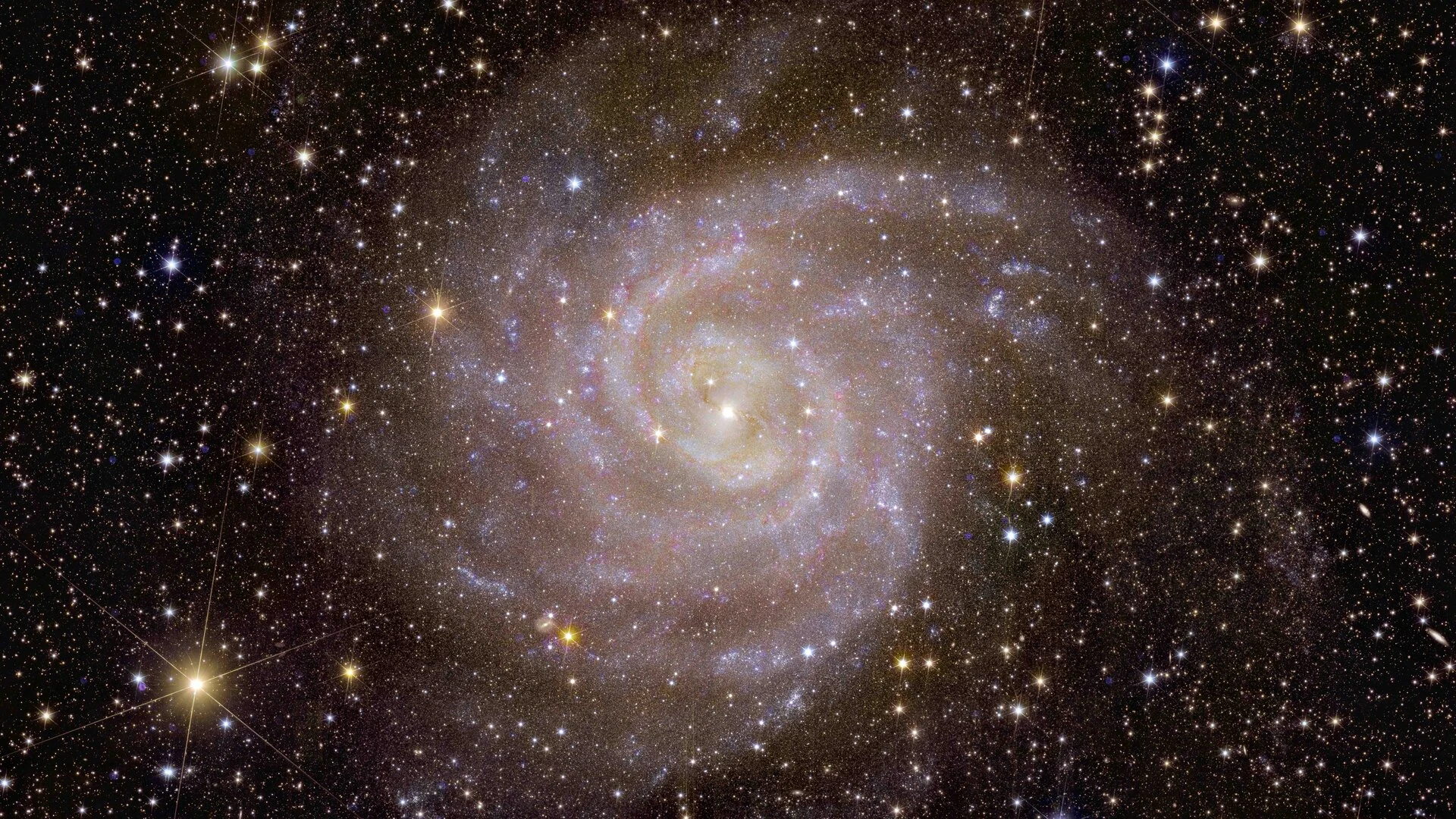
Dancing with the stars: Euclid captures sharp images of distant galaxies
Over the next six years, Euclid will create an extensive 3D map of the galaxy.
The European Space Agency’s (ESA) Euclid space mission has revealed its first full-colour images of the cosmos.
The inaugural shots are courtesy of Euclid, a cutting-edge space telescope engineered to capture a precise 3D map of the universe.

Euclid’s view of irregular galaxy NGC 6822. (All photos courtesy of ESA)
It’s the first time a telescope has recorded such razor-sharp astronomical images across such a large patch of the sky.
Initiated by the European Space Agency in July, the Euclid telescope’s first release contains five observations from its orbital station, 1 million miles from Earth.

Euclid’s view of globular cluster NGC 6397.
Euclid’s panoramic reach surpasses that of NASA’s James Webb Space Telescope, observing data from a sky region 100 times larger.
The images target the Perseus cluster, 240 million light-years away, and the “Hidden Galaxy” IC 342, which was observed using invisible infrared light. The telescope also captures NGC 6822, an irregular dwarf galaxy resembling those from the early universe.
It also provides a detailed panoramic view of the Horsehead Nebula, an astronomical nursery within the Orion constellation.

Euclid’s view of the Horsehead Nebula.
Euclid’s debut features 1,000 galaxies from Perseus, alongside 100,000 additional galaxies in the background. Many of these faint galaxies were previously unseen.
“We have never seen astronomical images like this before, containing so much detail,” René Laureijs, ESA’s Euclid project scientist, said in a statement.
“They are even more beautiful and sharp than we could have hoped, showing us many previously unseen features in well-known areas of the nearby universe. Now we are ready to observe billions of galaxies and study their evolution over cosmic time,”
Over the next six years, Euclid will observe distant galaxies to create the most extensive cosmic 3D map ever made.
Eventually, Euclid will create a catalog of 1.5 billion galaxies and the stars they contain.
“Euclid will make a leap in our understanding of the cosmos as a whole, and these exquisite Euclid images show that the mission is ready to help answer one of the greatest mysteries of modern physics,” Carole Mundell, ESA Director of Science, said in a statement.
Header image: Euclid’s view of spiral galaxy IC 342.











